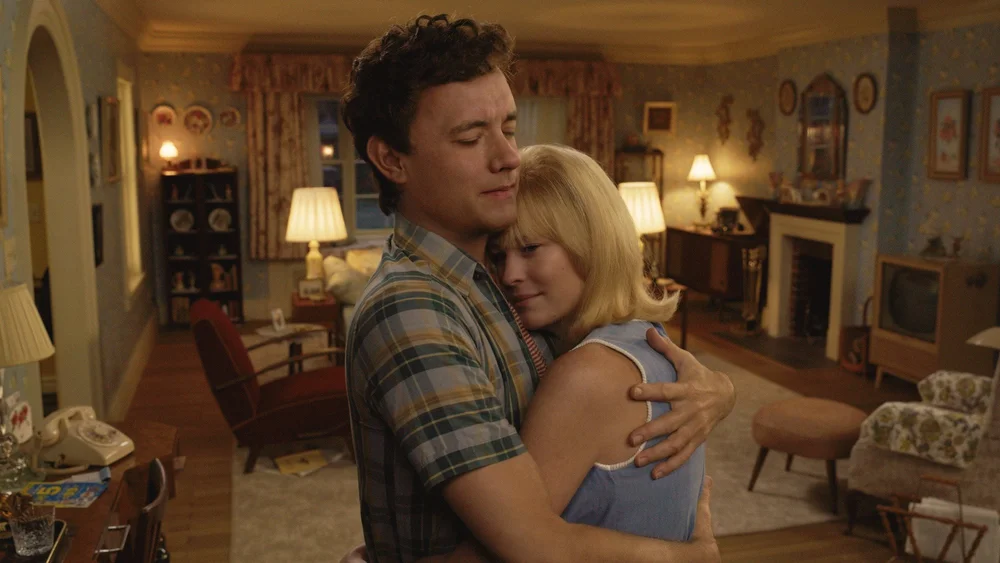
Images courtesy of Sony Pictures
HERE– 3 STARS
LESSON #1: THE EPITOME OF THE EXPRESSION “TAKE SOME GETTING USED TO”-- Academy Award winner Robert Zemeckis’s distinctive new venture Here arrives with an elements of abstraction and unique approaches that live up to the expression of “take some getting used to.” As a filmmaker continuously unafraid of high concepts, Zemeckis has shone to be a daring purveyor of artistic gimmicks meant to push and enhance the medium. On top of that, as a cinematic storyteller, Robert has long leaned toward tales of extravagant reminiscence. All of those attempts to meld prowess and wistfulness have lead to varying outcomes of success across his entire career, and Here joins that provocative collection.
Here opens on a single-camera perspective at a standing height planted firmly in what is introduced to be the corner of a living room in a modest home in the eastern United States. The open entrance from a foyer is on the left edge of the screen, the bricked stalk of a fireplace holds the right side, a massive front bay window fills the rear center, and what would be the kitchen is behind the view. The camera never moves from this position or chosen angle. Until the very end 100 or so minutes later, those wanting to turn their head or demand a look around will not get that curiosity satisfied. From this stationary viewpoint, Here relies on the active elements of the foreground and background to generate activity. For many, patience will be required with such a constrictive stunt.
If that’s not enough of a conceptual challenge, there’s a speedy and extremely nonlinear stratagem for abstract time in Here. With shades of Terrence Malick’s ambitious and atrocious CGI-animated aside in The Tree of Life, Zemeckis soon establishes that this precise geographic spot wasn’t always in a house. Here rewinds the clock to show the primordial eons occuring before the arrival of man and his ever-shifting ownership of this particular wedge of earth since. For example, a large, prominent rock is deposited smack dab in the lower right-hand corner of the frame by volcanic eruptions at end of the Cretaceous Period survives millions of years of ash, ice, moss, and forest before it is broken with pickaxes and removed for a driveway entrance to a 17th century colonial home later and then covered entirely by this central house. To rock forward and backward across decades and centuries with jumps and dissolves, Here employs a system of split-screen portions using layering framed in white polygonal shapes of varying sizes that highlight, reveal, segue, and merge glimpses across the many different eras. As queued and telegraphed as these layers are, they too require a patience of focus and attention to keep one’s bearings.
The defaults compasses in Here become the people taking generational turns occupying this land. The screenplay by Zemeckis and his prestigious Forrest Gump partner Eric Roth based on Richard McGuire’s graphic novel of the same name scatters many souls across several centuries from Lenape Native American lovebirds to British colonizers and the many owners of eventual house built at this location. The bulk of Here’s presented time focuses on two generations of the ficitonal Young family holding the longest combined stewardship of the dwelling with a core of ensemble performances made possible by Metaphysic Live, a new generative AI technology that adjusts actors’ appearance for de-aging or face-swapping in-camera rather than in post-production.
That lineage starts with Al Young (Marvel Cinematic Universe hero Paul Bettany), a curmudgeon-in-training World War II veteran buying the house with G.I. Bill assistance to start a family with his newly-pregnant wife Rose (Yellowstone’s Kelly Reilly). His oldest Baby Boomer son is Richard (Tom Hanks), who would marry his high school sweetheart Margaret (Robin Wright) and live under his parents’ borrowed roof with his own new family for years. Covering the early 20th century before the Youngs are a pair of married couples, one of an inventor (TV and theatre actor David Fynn) and a pin-up model (Elementary’s Ophelia Lovibond) and another of an early aviator (Gwilym Lee of Bohemian Rhapsody) and his worried wife (Downton Abbey Emmy winner Michelle Dockery). The last residents after the Youngs taking Here to the present day of the post-COVID 2020s would be the Harris family crowned by Winston (EastEnders soap star Mohammad George) and Helen (Nikki Amuka-Bird of Old).
So what are we doing here… in Here? That’s a difficult question to answer because the tricky artifice making Zemecki’s mise-en-scène described above smashes with a ricocheting timeline of parallel family histories. In a remarkable feat of arrangement by Jesse Goldsmith working his first feature as a lead editor, cornerstone events and particular domestic traditions are cherry-picked to be timed and delivered adjacently as a way to present a deliberate form of a shared existential experience. That can be unifying and wonderful, but Here sorely lacks realistic equity. Therein lies the complications for the film. In this writer’s eyes, three immense qualifiers for audience connection are present that are going to feel like hard pills to swallow.
LESSON #2: THE SANCTITY OF A LIVING ROOM– The first one is the simplest and most straight-forward of the trio. That would be lionizing the sanctity found in a typical living room. Even when a traditional fireplace hearth providing sheltering warmth is replaced by the differing heat and glow of a centerpiece radio or television and the decor (overseen by fellow first-timer top production designer Ashley Lamont) shift with the trends, the living room is still the microcosm mecca of shared activities where couches and chairs are valued thrones. It’s an entertaining space decorated for holidays, a child’s play room, a dance floor for courtship, and an extended dining room for larger gatherings. It’s where pictures are taken, stories are told, and memories and dreams are made… and end.
Thanks to the quality time spent with the extended Young family growing the widest and deepest roots, Here conveys the pride-swelling allure of building and raising a nuclear family, complete with home ownership, in a very inspirational way. Those viewers with those personal heritages who can relate to the burdens and blessings and disasters and destinies found in this ingredient of the proverbial American Dream will be greatly moved by Here. Precariously though, that above connection only works best on those privileged enough to have, or have lived in, a house of their own for a long period of time.
LESSON #3: IS THERE SUCH A THING AS THE QUINTESSENTIAL AMERICAN EXPERIENCE?-- The second dependent qualifier is fueled by the first. Like so many of Robert Zemeckis’s films, Here has a misty-eyed love affair with Americana. Robert has enjoyed stories that plant characters– often completely unnecessarily— next to anecdotes and figures of national history for cheeky effect. While the cycle of characters in Here never leave this selected dwelling and a digital hummingbird replaces Forrest Gump’s recurring feather to wink for Mother Nature’s sake, history parades across the main window, lies beyond the street with the tourist attraction colonial home of Benjamin Franklin’s first son William, and conveniently happens all over the pop culture greatest hits playing on the radio or television in the living room during big family moments. The difficulty there is not everyone’s American experience– especially those of minorities, some of which are included in Here in a tokenism fashion only to be egregiously marginalized– is a tender and quintessential one with rich longevity worthy of filling figurative scrapbooks. Watching the admittedly low and narrow bar of struggle for the Youngs can create an alienating arm’s length to the romanticism for those that don’t have it so easy or have a single, stable place to call “home.” The universality Zemeckis poetically wants to show in Here just isn’t fair or possible.
LESSON #4: THE CAPACITIES FOR SENTIMENTALITY– The final hook for connection is going to be the deal breaker for Here. To say it as simply as possible, Here requires sentimentality. That is an emotional trait of response that is sometimes scoffed at quickly and easily nowadays when, in truth, it frankly shouldn’t be. A viewer’s capacity for sentimentality and nostalgia will either temper or amplify the film’s effect and impact as an empowering drama reaching to for weighty greatness.
Sentimentality will have someone sway to composer Alan Silvestri’s sweet and piano-heavy score versus plugging their ears to avoid what they see as cloying manipulation. Sentimentality will have people absorbing and enjoying the lovely acting and reunited chemistry from the Gump reunion between Hanks and Wright instead of being weirded out by the de-aging. Sentimentality will have folks going home from Here to hug and appreciate what they have instead of defeatedly shrugging at what isn’t there.
Make no mistake. There are melodramatic conveniences and thematic swings taken in Here that glisten with saccharine sheen, which are bound to incense the voracious cynics out there for justifiable reasons. Echoing what was stated earlier about minority characters depicted, different circumstances and success rates also occur in the hopes and dreams department between the demarcations of women and men of these stories. While unfortunately true to the trends of history, this aura still becomes disheartening and disappointing to watch at times.
In spite of this, some of us (including this writer) are “rank sentimentalists” like Rick Blaine in Casablanca who will crack our shells of disenchantment, swell with whimsy, and make the most of the cathartic reflection that comes from this grand journey. They will see the holes and seek to fill them with goals of betterment for themselves and, hopefully, others, especially after watching plenty of aspirations in Here not turn out positively for all involved. Here may not be the fully judicious beacon it fashions itself to be, but the thoughtfulness and plenty of poignant care it attempts with its lyrical finesse is still worth welcoming and appreciating.
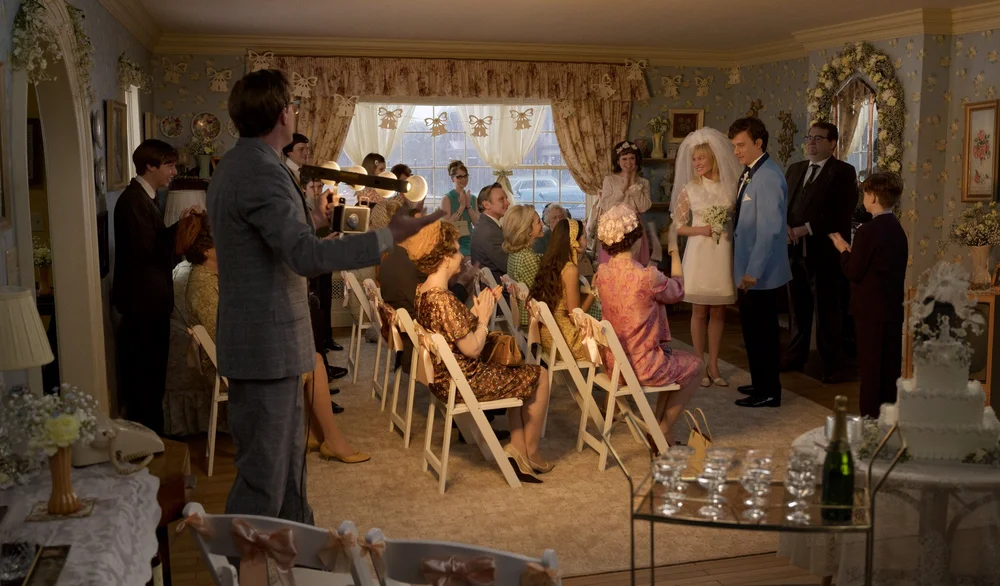
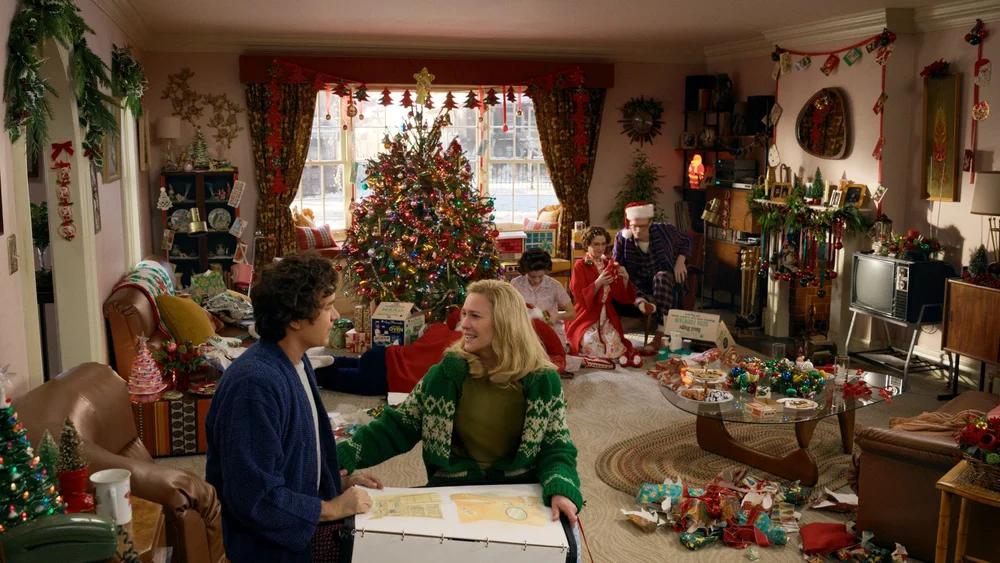
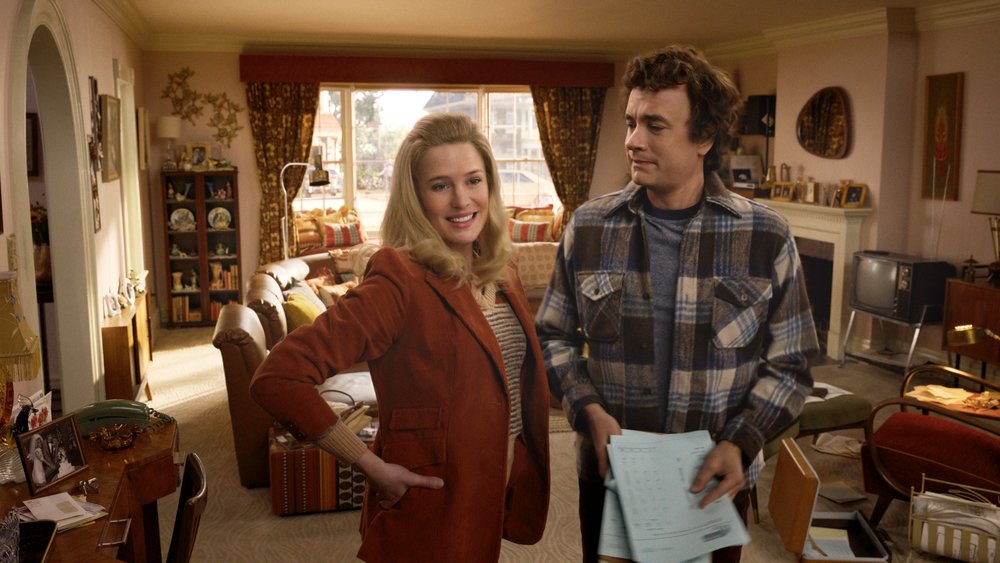
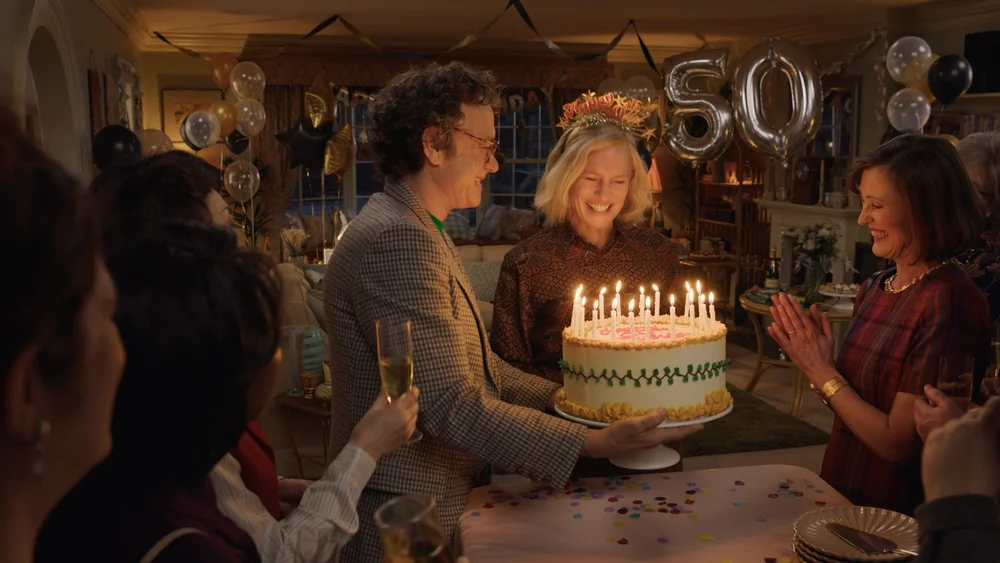
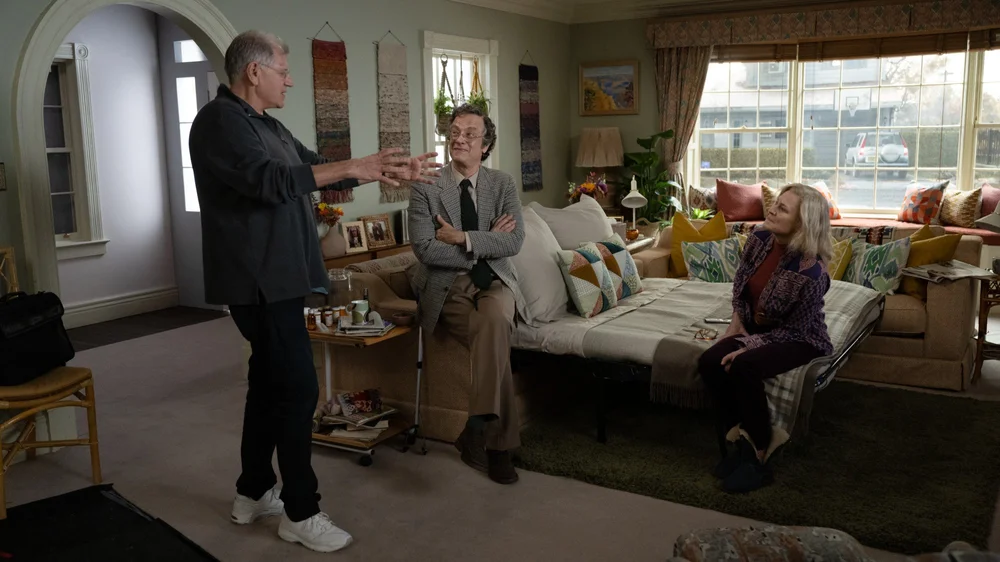
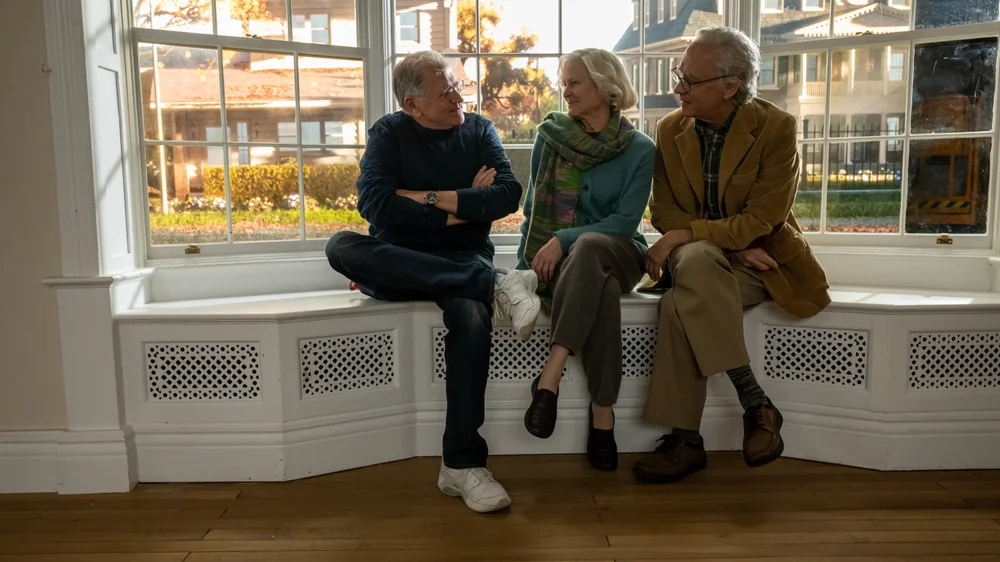

LOGO DESIGNED BY MEENTS ILLUSTRATED (#1241)
from Review Blog https://ift.tt/fhnRWF7







No comments:
Post a Comment